Holi is a festival of love and a lot of colors. It is one of the major festivals of India, according to Hindu calendar it celebrated on the last full moon day of Falgun. Usually this festival falls in the latter half of the month after the gloom, long and harsh winter when the new leaves and flowers come to trees filling fragrance in the air and the entire atmosphere looks like a ‘Rath od colours’ with the bright summer days.
Holi is also known as Spring Festival – because it marks the arrival of spring and welcoming spring, the season of hope and joy.

It’s an occasion when people get out on the streets with gulal, water colors, syringes called Pichkaris and water filled balloon they also sing and dance with the beats of dholak. It is a festival of joy and laughter, fun and play, music and dance, and, of course, lots of bright colors.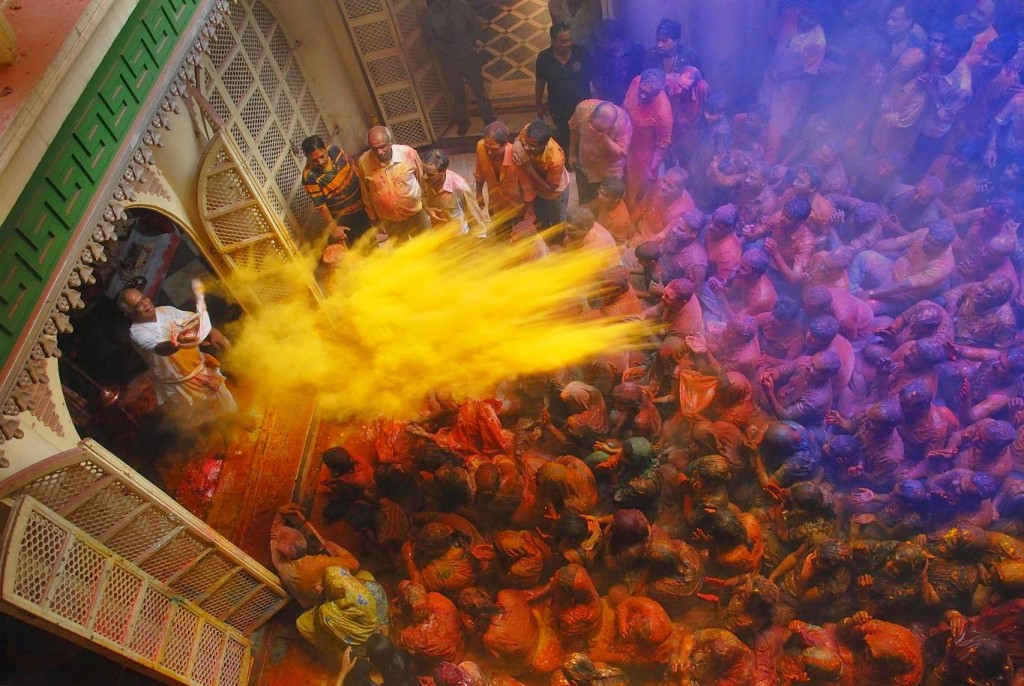
It is an ancient Hindu religious festival which is celebrated many parts of India especially in north India, it is also popular in non-Hindus the people of other communities but the unique sprit of holi remains the same throughout the country, wherever it is celebrated.
As the Holi is celebrated in spring and spring is full of colours so peoples throw coloured water on each other and cook many types of delicious food items like papads and potato chips, gujiya, mathri and papri. Holi is celebrated for two to three days and the Rang Panchmi is the closing day of this festival.
There are many popular Hindu beliefs associate the celebration of Holi, according to hindu mythology, the word “Holi” originates from “Holika”, the evil sister of demon king Hiranyakashipu. He demanded everybody in his kingdom to worship him but his pious son, was a devotee of Lord Vishnu. Holika had the boon that she could never be engulfed by fire, Hiranyakashyap ordered his sister to sit on burning fire along with Prahlad. Holika was burnt alive while Prahlad was unaffected, since then the ritual represents victory of good over evil.
Before one day of the color holi people celebrate Holika Dahan. People gather at a place and light huge balefire. They believe that the Ash of this balefire will save them from evil forces.
The other belive is that Radha and Krishna is closely linked with this tradition of colors on Holi, Krishna used to visit the village of Barsana to play Holi with Radha. So the festival is celebrated in the memories of the undying love of Radha and Lord Krishna.
There is no match to the Holi of the places associated with the birth and childhood of Radha and Krishna Mathura, Vrindavan and Barsana
Still another mythological tale states that Lord Shiva destroyed Kamadeva, the god of love and passion. Though, later on the request of his wife Rati, Shiva was pleased to restore him back. The festival celebrates that event.
Holi of Braj Bhoomi
Braj Bhoomi is the place where Lord Krishna spent his childhood. It covers the area of Nandgaon, Phalen, Vrindavan, Mathura, Gokul and Barsana. Holi is celebrated around 3 weeks in Braj Bhoomi.
Holi of Barsana is also known as Lathmaar Holi.

Barsana is the birthplace and village of Radha. Lord Krishna comes to play Holi with the girls of Barsana. But, in place of colors they are greeted with sticks by the gopis.
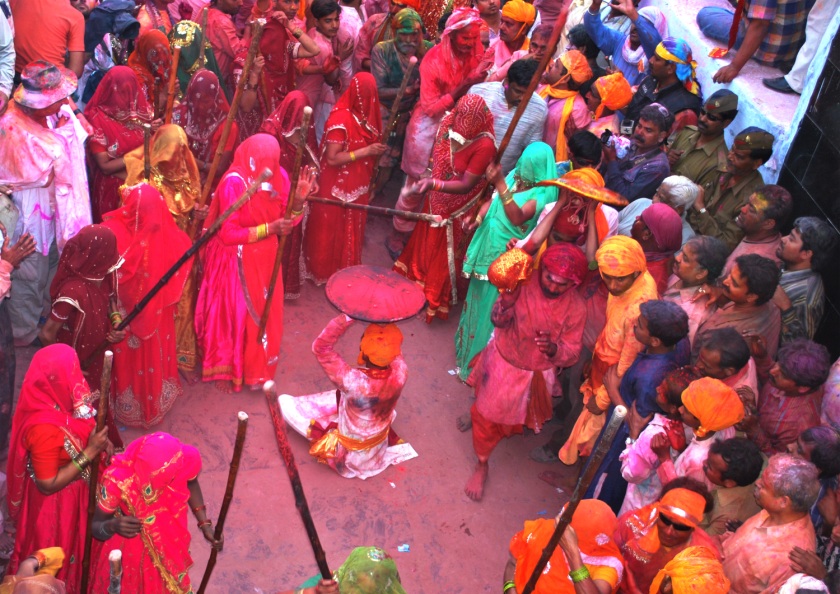
Till now the Lathmaar Holi is celebrated at Barsana.
Apart from Barsana the celebration of holi is famous in Bihar, Delhi where the Holi celebrates with extreme enthusiasm, Goa where the Holi festival is also known as Shigmo, Gujarat with the song of Govinda ala re, zara matki sambhal Brijbala, Haryana where the holi gets its new name Dulandi Holi and many more states celebrate Holi in their own way.
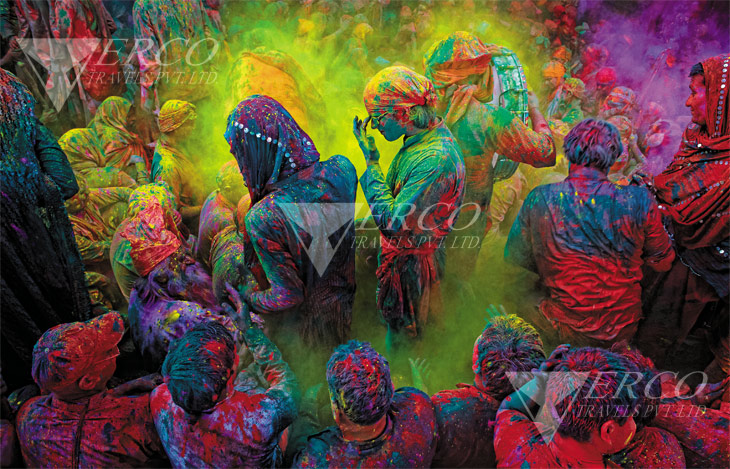
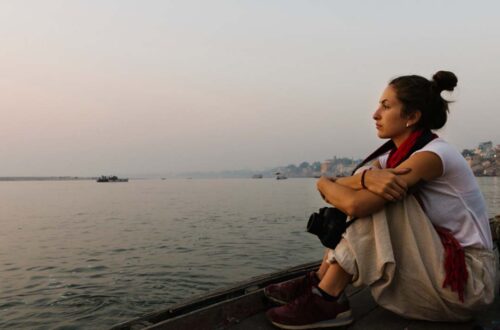
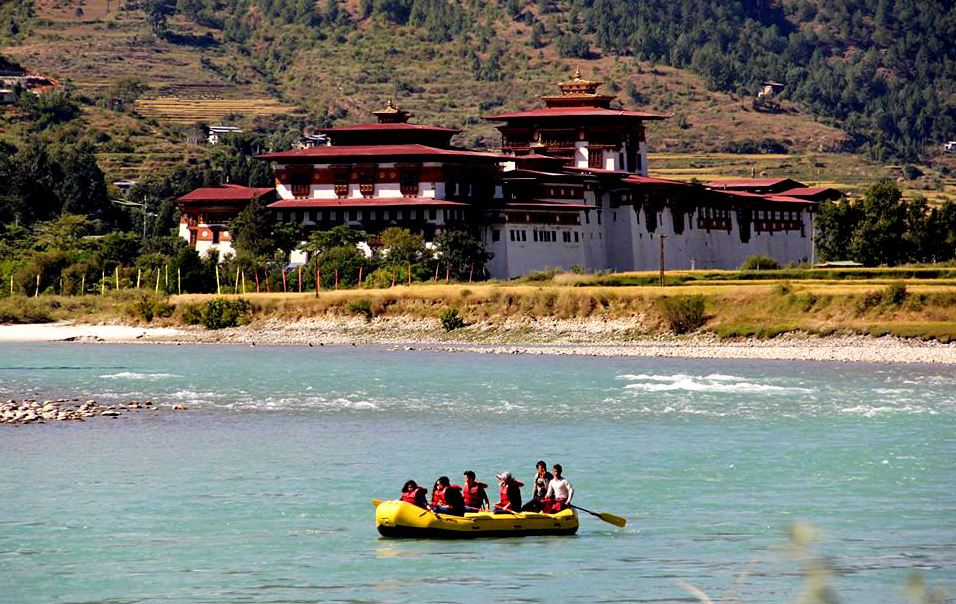
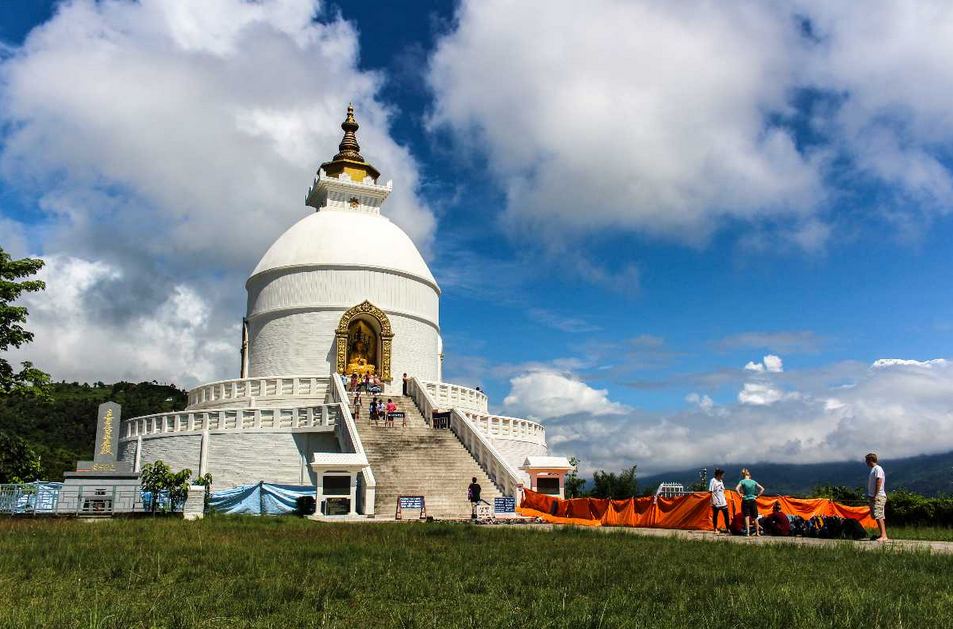
2 Comments on “Holi – Enjoy the Festival of Colors”
Comments are closed.